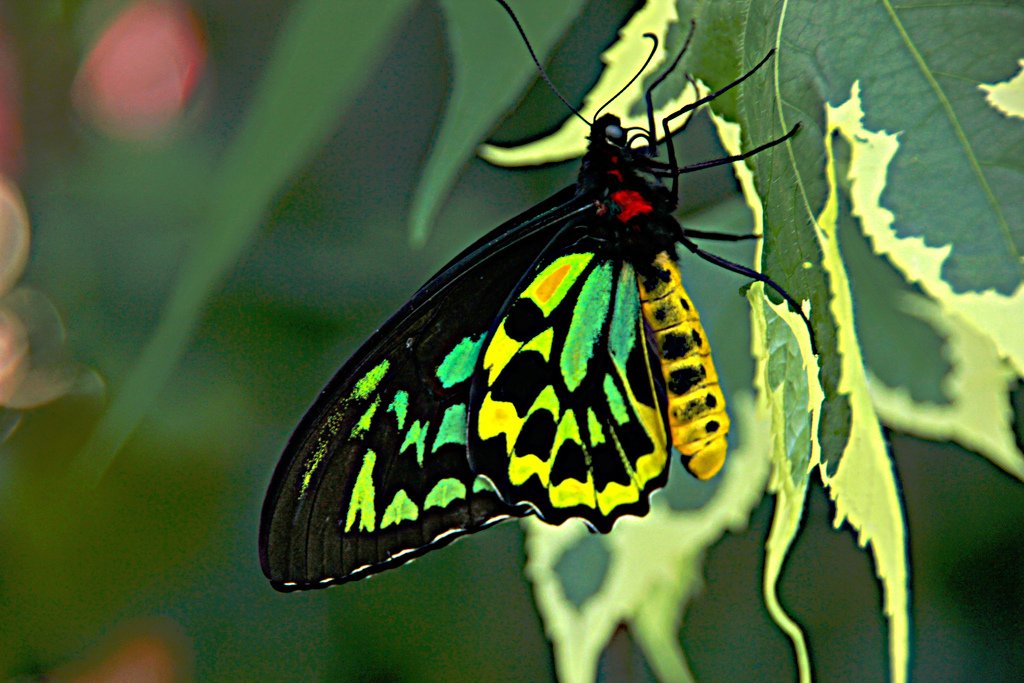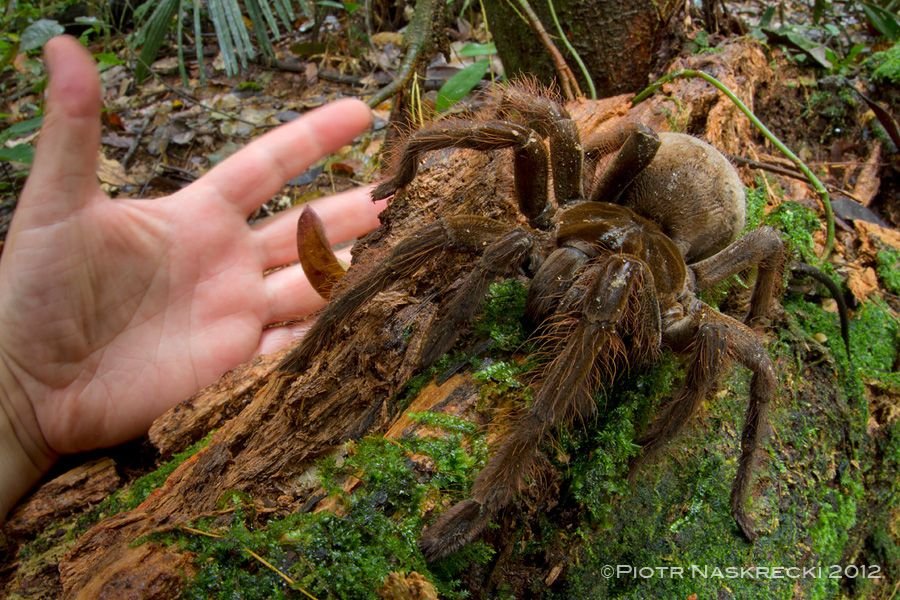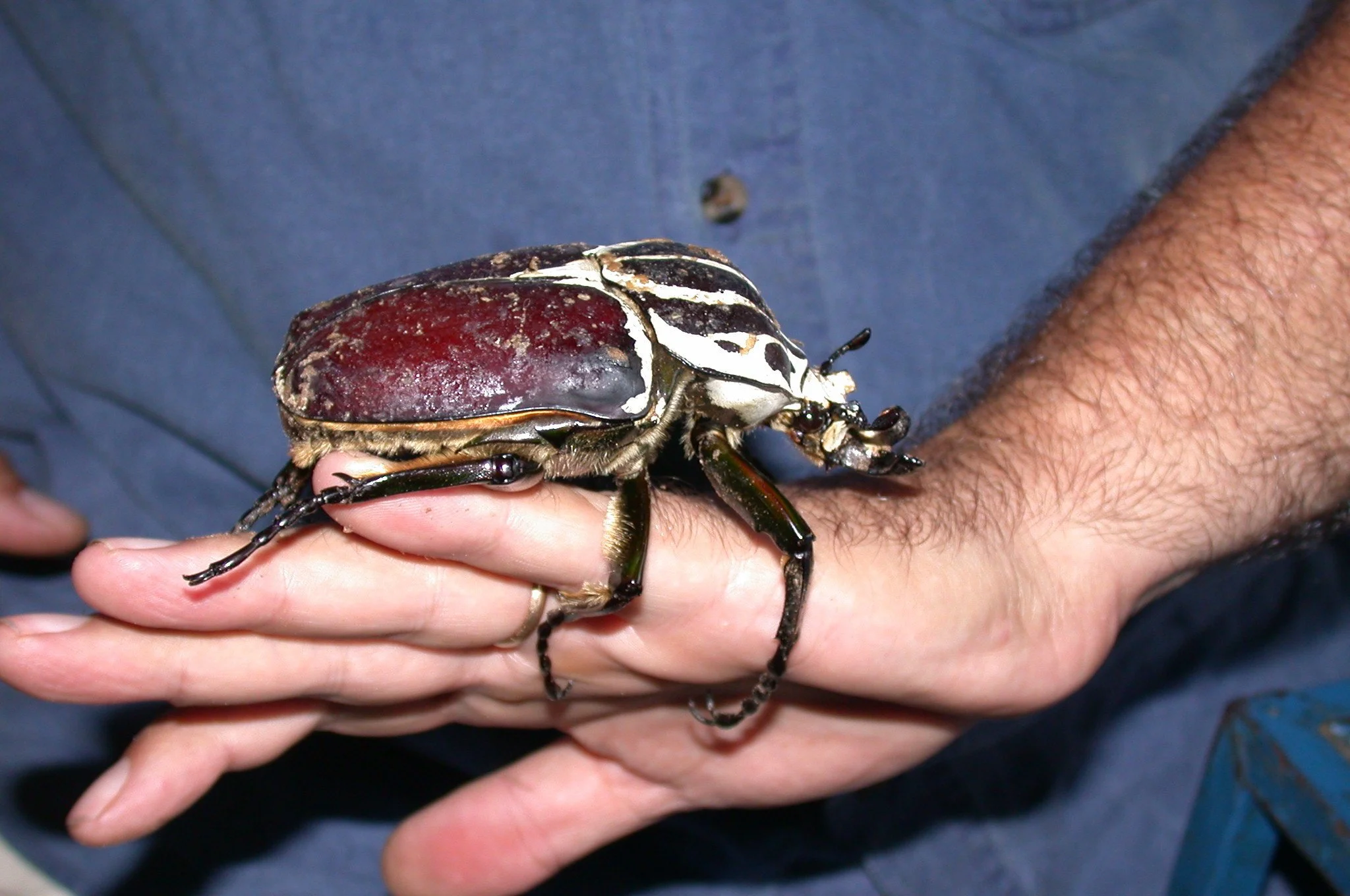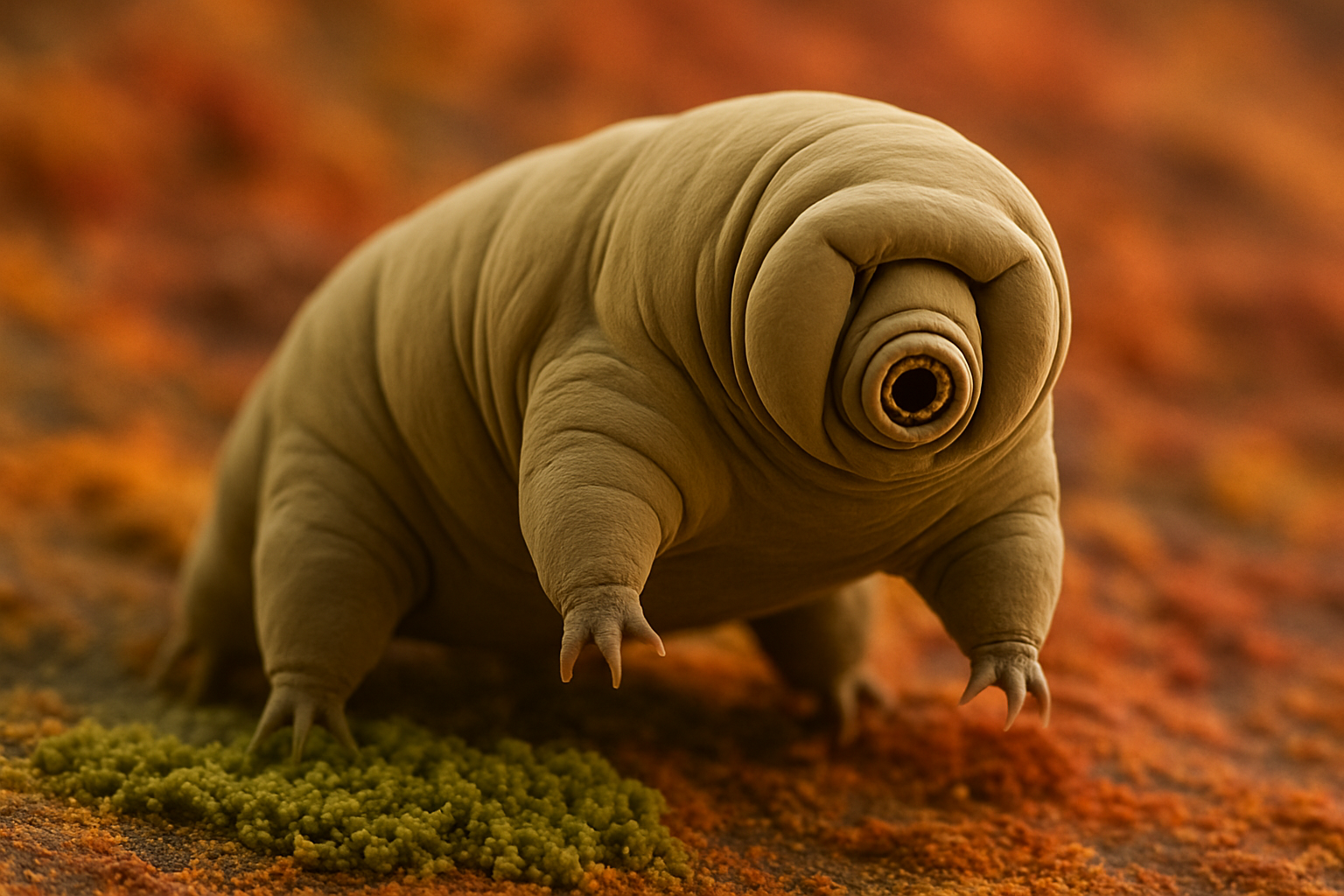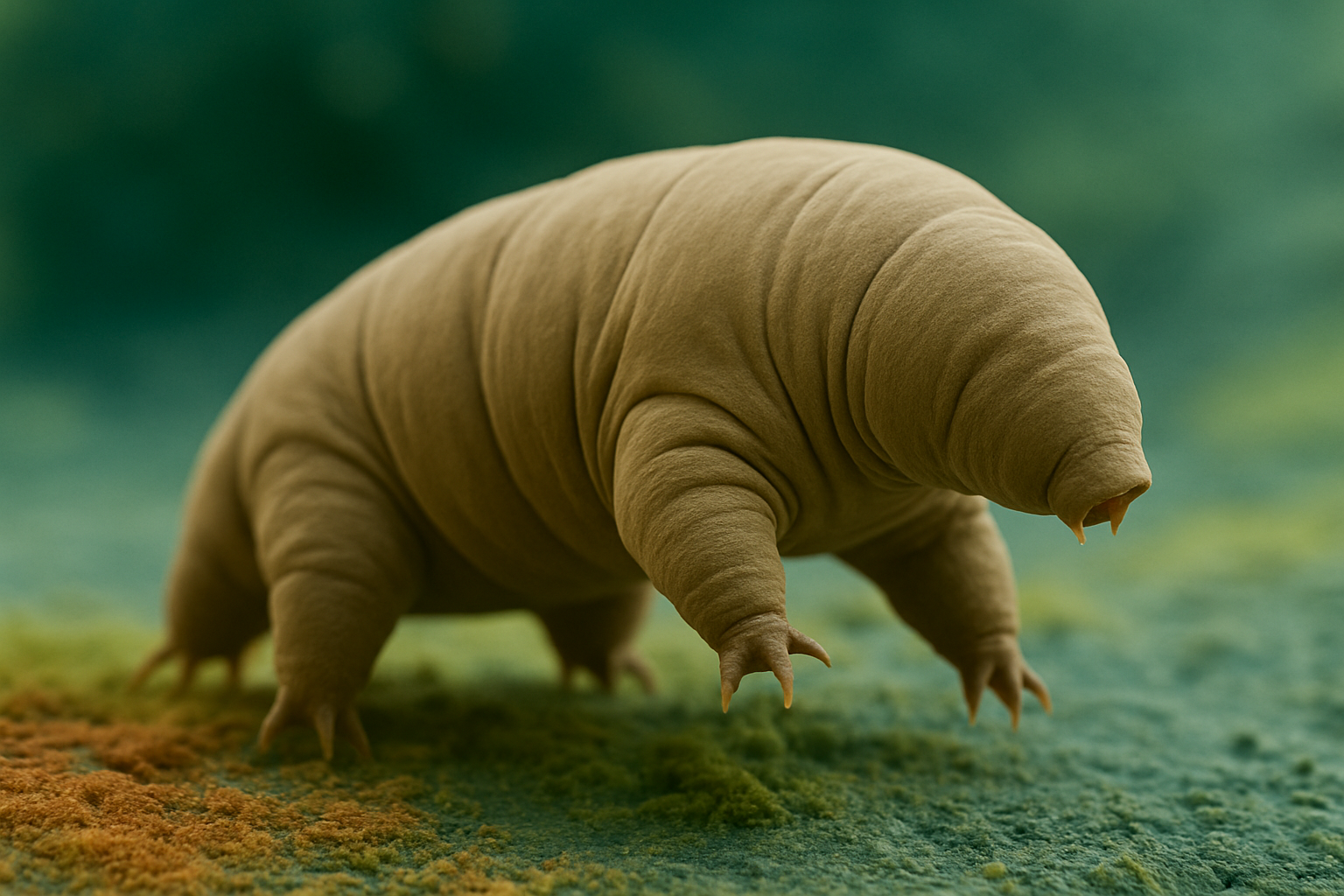The world's largest butterfly, scientifically known as the Queen Alexandra's Birdwing (Ornithoptera alexandrae), is a truly majestic and impressive creature. Found only in the remote forests of Papua New Guinea, this butterfly is not only the largest in the world but also one of the rarest and most endangered.
The Top 10 Most Popular Dogs By Category 2023
Did you know that well over 300 different dog breeds are officially recognized today? Over the years, we’ve bred dogs for different purposes, climates, desires and needs. Today, no matter what your lifestyle is like, there’s a dog breed designed to suit it. Read on to find a list of most common dogs.
The World's Largest Spider 🕷
The world's largest spider is the Goliath birdeater (Theraphosa blondi), a species of tarantula native to the rainforests of South America. This spider is named for its size, as it is the largest spider in the world by mass, with some individuals weighing over 6 oz and having a leg span of over 11 inches.
The Fascinating 'Tulkun Whales' from "Avatar: The Way of Water"
The World's Largest Insect is the Goliath Beetle
The 6 Best Gadgets for Your Dog this Holiday Season 2022
The 5 Best Dog Sweaters for the Winter!
Travel Anxiety in Dogs
The Best Long Island Dog Parks
Tardigrades
When we think of prehistoric animals, beasts like Dinosaurs, Wooly Mammoths, and Sabre Tooth Tigers are usually the first to come to mind. Shockingly enough, there are organisms that roamed the Earth 600 million years ago that live among us to this very day. Tardigrades are microscopic organisms that have existed on this planet for longer than we can fathom. Up close, they look like the Michelin Man wearing a ghost buster’s suit. Like most great things in life, they come with a variety of nicknames. In the case of the Tardigrade, they’re commonly known as water bears and moss piglets. Here’s some more info about one of the most unique organisms Earth has ever mustered up.
History
Tardigrades have existed on Earth for about 600 million years. To put that in perspective, the Dinosaurs were around roughly 250 million years ago. Despite basically being grandfathered into planet Earth’s ecosystem, they weren’t actually discovered until 1773 by German Pastor, Johann August Ephraim Goeze. This is because they range between 50microns to 120microns, so they’re invisible without a microscope. The name Tardigrade directly translates to, “slow-moving”.
So, what are they exactly?
There aren’t any other organisms on the planet quite like Tardigrades. Technically, they belong to the Tactopoda section, but they have no direct relation to any other organism on Earth. Water bears have up to 1,300 species amongst themselves.
Tardigrades are found in areas with aquatic moss. To stay hydrated, they require a thin layer of water around themselves at all times. Their ideal habitats include lichens and freshwater moss (this is how they got the title of moss piglets). But rest assured, they’re far from limited. Water bears can exist in any environment, from sand tunes in the desert to the Antarctic tundra. They can survive in temperatures ranging from -272 Celsius, -458 Fahrenheit, to 150 Celsius, 302 Fahrenheit. Their life spans range from 2 weeks-100 years, so they make the most out of whatever habitat they end up in.
Plant cells are their food of choice, but they’ve also been known to eat other micro-organisms and even fellow tardigrades. What’s fascinating and frightening at the same time is that these organisms actually use teeth to grab onto their food and suck the juices out of the algae.
Some species of tardigrades reproduce sexually while others reproduce asexually. The mating process takes up to an hour and the eggs typically hatch after 90 days.
Survival Skills
In true warrior spirit, Tardigrades are the only organism to survive all 5 of Earth’s mass extinction periods (6 if you count 2020). Part of their survival skills includes radiation tolerance. Water bears are able to withstand 5000 grays of radiation. By comparison, it would only take 10 grays of radiation to wipe out humans. Some parts of Chernobyl were exposed to 50 grays of radiation and haven’t fully recovered to this day.
You don’t last 600 million years without a survival tactic or two. Moss piglets have a process known as anhydrobiosis. This happens when water bears become dehydrated and roll up into a ball. From there, a sugar called Trehalose replaces the water in the cells and keeps the tardigrade alive. Another survival tactic is cryptobiosis, where the animal slows down its metabolic rate to a virtually undetectable level.
It’s easy to forget about organisms that aren’t visible with the naked eye. But it’s mind-boggling to comprehend that creatures inhabit this world that were around 600 million years ago.
LISTEN TO OUR PODCAST ABOUT THESE AMAZING LITTLE DUDES!
Togo - Canine Hero
By now, you’ve been living under a rock if you haven’t heard about the legendary expedition of Balto. Even if you did live under a rock, odds are Patrick mentioned it at some point. But behind all of Balto’s mythology lies the story of a dog who’s heroism often goes unsung. This is the tale of Togo, recognized by Time Magazine as, ‘The most heroic animal of all time’.
The Outbreak
In 1925, a lethal outbreak of Diphtheria left the small community of Nome, Alaska in grave danger. Caused by the bacterium Corynebacterium diphtheria, the deadly disease covers the back of the throat. This makes breathing extremely difficult and puts you at risk for heart failure, paralysis, or worse. As of 1921, the United States reported 206,000 cases of the disease, with 15,520 cases proving fatal. In order to save the people of Nome, a serum would have to be retrieved immediately.
The Elements
Unfortunately, it happened to be the coldest recorded winter in Alaskan history. The elements were so treacherous that it rendered airplane travel impossible. It was cold enough to freeze the harbor itself, nulling the possibility of a serum being delivered by ship. This meant teams of sled dogs were the only option. Anchorage was the closest city with the necessary serum, but the only method of delivery was via train. Their only chance was to intercept the train when it stopped in Nenana, a whopping 674 frozen miles away.
The Journey
Balto and his musher, Gunner Kassen deserve their praise for finishing the last leg of the journey in a blinding blizzard. But the efforts of Togo and musher Leonard Seppala often go overlooked. Being the most experienced musher of the crew, Seppala volunteered to take the toughest stretch of the journey. Togo was 12 years old at the time and Seppala was 47. Despite their age, they took on the full wrath of mother nature.
Togo led Seppala’s pack to cover 170 miles in three days in the face of the most difficult conditions imaginable. While crossing the perilous Norton Sound, Seppala’s pack became stranded on a floe of ice. Seppala quickly tied a lead to Togo up front and began tossing the dogs over several feet of water to get them across. The weight of the floe and the sled caused the line to snap, yet Togo remarkably got the line out of the water and began pulling over his shoulders to get his fellow dogs to safety.
Togo and Balto were teammates with one common goal, bringing a serum back to Nome as quickly as possible. While Balto and Kassen got most of the credit, the heroism of Togo and Seppala is awe-inspiring. In the years following the run, Seppala and his pack made appearances all across the United States. The crew’s last documented race was against a team of locals in New England, where Seppala’s crew prevailed victoriously.
Seppala and New England Musher, Elizabeth Recker, opened a kennel of Siberian Huskies in Poland Spring, Maine. Togo lived out the rest of his days there in joy and tranquility before passing away at the age of 16. Seppala passed away in 1967 at age 89. In his legacy, the Leonhard Seppala Humanitarian Award is administered each year to the Iditarod musher who takes the best care of their dogs. As for Togo’s legacy, Disney + released a film in 2019, chronicling the bravery of Togo and Seppala’s adventure. The film even stars Togo’s bloodline descendant, a Siberian Husky named ‘Diesel’ as the brave pack leader.
LISTEN TO OUR PODCAST ABOUT TOGO!


